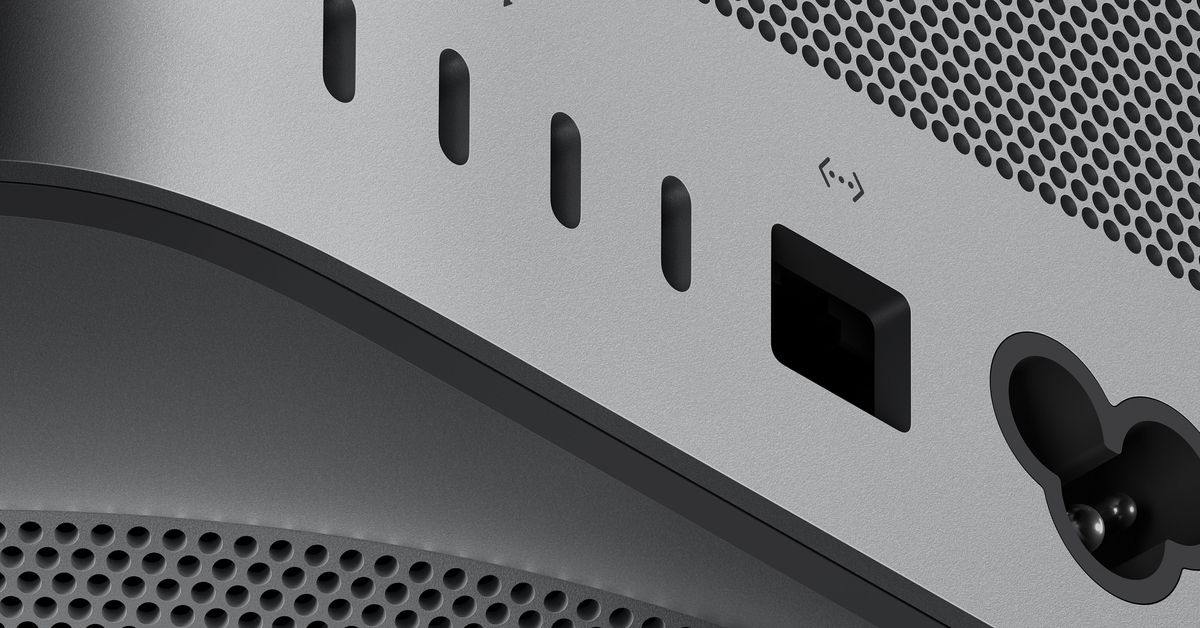This app promises to prevent OLED burn-in, but don’t fall for it
OLED burn-in is one of the main reasons to stay away from an OLED monitor, but this app claims to solve that issue.

If you want to strike fear into the heart of any OLED monitor owner, just mention “burn-in.” Although OLED displays have quickly infiltrated the ranks of the best gaming monitors, burn-in remains the key concern for adopting the display tech. A new app, called OLED Guard Pro, says it can prevent burn-in, resulting in “longer screen life, reduced power bills, and a viewing experience that feels fresh every day.”
I use an OLED monitor daily, my trusty KTC G42P5, so I downloaded OLED Guard Pro to see if it would finally put my admittedly small burn-in fears to rest. And although the app works mostly as advertised, I’m skeptical that it will actually prevent image retention in the way the app claims.
Meet OLED Guard Pro
 Jacob Roach / Digital Trends
Jacob Roach / Digital TrendsOLED Guard Pro is a simple app, and it will run you $10 (it’s been on sale for around $5 since it launched). You can download a weeklong free trial, but if you want to properly prevent burn-in, you’ll need to pay up. At its core, OLED Guard on focuses whatever your active window is. By dimming or applying a pattern to areas of the screen that aren’t active, the idea is that you’ll put less strain on them and “prevent” burn-in. I’ll get to the idea of preventing burn-in and why it’s problematic a bit later.
By default, the app uses its Shadow mode, which dims inactive areas of the screen. The Pattern mode uses horizontal or vertical lines instead, while the two Vignette modes focus on the edges of the screen. Those last two modes are almost always active, and they target the burn-in that’s possible around the borders of the screen when using an OLED display as a monitor.
 Jacob Roach / Digital Trends
Jacob Roach / Digital TrendsThere are a few settings for each mode — you can adjust the opacity in Shadow mode, and the line thickness and density in Pattern mode, for instance. The most useful setting is for the Pattern mode, however. Automatically, OLED Guard Pro shifts the line pattern down every 10 seconds, but you can adjust how quickly the pattern adjusts itself from every second up to every 10 minutes. You can’t turn the shifting off, however.
Behind the scenes, OLED Guard Pro can do a few additional things. First, it can shift the pixels on inactive windows, which is a setting that’s turned off by default. You can also trigger a full screen flash to refresh the full display so one area (wherever your most actively common window is) isn’t wearing down faster than another area of the screen. Finally, if you have a multi-monitor setup, you can choose which monitor to apply the overlay to.
Beyond clunky
All of these features work as advertised, but they’re pretty clunky. The main point of contention is figuring out what window is in focus. As you mouse over inactive areas of the screen, OLED Guard Pro will slowly fade out the shadow or pattern that you have applied, but it doesn’t automatically focus the window you’ve moused over. You have to click on it, sometimes numerous times, to get the window to come into focus. And as opposed to the smooth fade you see when mousing over inactive windows, selecting a new window to be active immediately applies the shadow or pattern to the rest of the screen.
It’s not only jarring, but it can also be frustrating. I usually work with two browser windows open, for example, with each occupying half of my display. I can mouse over and see the inactive window, but I have to click into it in order to do anything. If I want to, for example, go over to the inactive window and open a new tab, I have to click numerous times for the window to be responsive to any of my inputs. It sounds small, but those extra clicks really add up when you’re constantly moving back and forth between windows.
 This is what my screen looked life after leaving my PC alone for 30 minutes. Jacob Roach / Digital Trends
This is what my screen looked life after leaving my PC alone for 30 minutes. Jacob Roach / Digital TrendsThat’s not nearly the worst of the problems. The setting to shift inactive windows sounds like some form of pixel shifting, and it is, but only in one direction. As I worked, I watched my inactive window slowly crawl to my second monitor. I never saw it in motion, but as the day went on, the gap between the two windows got larger and larger until my inactive window was occupying half of my second display.
 After moving my windows back, this is what I would be left with. Jacob Roach / Digital Trends
After moving my windows back, this is what I would be left with. Jacob Roach / Digital TrendsOnce again, what started as an annoyance turned into an hindrance. As the window shifted, so too did the boundary surrounding what was considered the active window. So, when I went to snap the windows back into place, the “active” area of the screen remained in the same spot. That’s only one example of the problems here, too. Whenever I encountered a notification or some sort of overlay, it was up in the air as to what the app would choose as the active area.
In a world where you have a few windows onscreen, OLED Guard Pro works decently well. A lot of problems pop up whenever you start using features like Snap Layouts in Windows, notifications, or overlays, however. Those problems range from a little janky to completely unusable, which is not a range I’m comfortable with for an app that costs $10.
Does this even work?
 Jacob Roach / Digital Trends
Jacob Roach / Digital TrendsLet’s say you’re willing to work through the jank. You just want something that will keep your OLED monitor looking fresh forever. OLED Guard Pro could give your OLED display a longer shelf life, but it’s very difficult to say that it will. The app won’t prevent OLED burn-in, though — that isn’t difficult to say.
With current OLED tech, you can’t prevent burn-in — you can just delay it. The organic commands that make up an OLED display will, over time, deteriorate and start to show permanent image retention. Call it a semantics argument, but when a paid app claims it can flat-out prevent OLED burn-in, it’s worth calling into question what language is used. This isn’t exactly a high-tech form of getting around the burn-in issue, either. It’s a brute force method for trying to keep your panel fresh when the tech packed in your monitor is much smarter.
OLED monitors today are packed with features that go beyond what OLED Guard Pro is offering. Asus has pixel shifting, taskbar protection, and even a “target mode” that does something similar to OLED Guard Pro on its PG27AQDP. Similarly, MSI’s MPG 321URX has not only taskbar detection, but also border protection if you often have multiple windows up. And going back to the Alienware 34 QD-OLED, you’ll find features that adjust voltages to the diodes and check uniformity across the display after a certain amount of time.
It’s possible that OLED Guard Pro could extend the lifespan of your monitor further, but the features built into your display are already doing most of the heavy lifting. And, as I’ve written about previously, experts say that the real risk of OLED burn-in is much lower than it’s made out to be.
It appears OLED Guard Pro is made by a solo developer, and it’s admirable to work on something that tries to solve a legitimate problem. Still, this is a paid app that would have problems even if it were free. It actively gets in the way of working on a PC, and it needs some serious updates before it can be a useful utility.

 Fransebas
Fransebas 
































